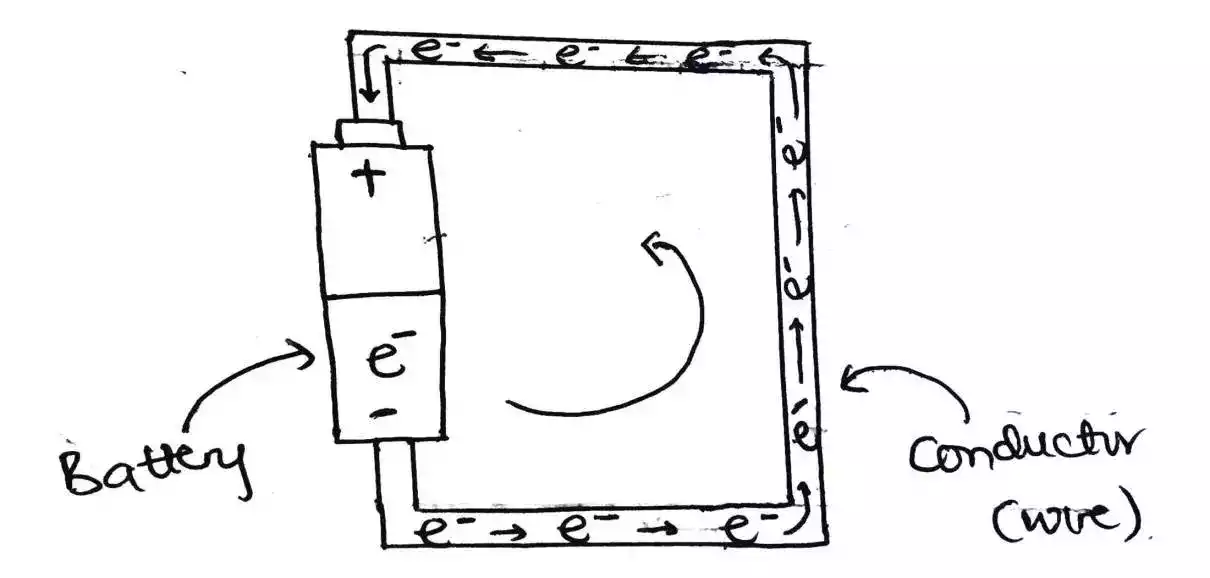Difference Between Renewable Energy and Non-Renewable Energy
In our quest for energy, we rely on two main categories: renewable energy and non-renewable energy.
These sources differ significantly in terms of their availability, environmental impact, sustainability, and cost. Understanding these disparities is vital for making sustainable energy choices.
In this article, we will look into the differences between renewable energy and non-renewable energy, exploring their characteristics, benefits, drawbacks, and their significance in shaping our future.
Table of Contents
Definition of Renewable Energy
Renewable energy is derived from sources that replenish naturally and rapidly. These sources include sunlight, wind, water, geothermal heat, and biomass.
Unlike non-renewable energy, renewable energy does not deplete over time and is considered environmentally friendly.
Definition of Non-Renewable Energy
Non-renewable energy comes from sources that exist in limited quantities and cannot be replenished within a human lifespan.
Fossil fuels, such as coal, oil, and natural gas, as well as nuclear energy, fall under this category.
Non-renewable energy sources are finite and contribute to environmental pollution.
Comparison of Renewable and Non-Renewable Energy
1. Environmental Impact
Renewable energy sources have a significantly lower environmental impact compared to non-renewable sources.
Renewable energy produces little to no greenhouse gas emissions, reducing the contribution to climate change.
In contrast, non-renewable energy sources release large amounts of carbon dioxide and other pollutants, leading to air and water pollution.
2. Availability
Renewable energy sources are virtually inexhaustible, with the potential for indefinite use. Sunlight, wind, and water are continuously available in various regions, making these sources reliable and accessible.
Conversely, non-renewable energy sources are limited and will eventually be depleted. The extraction and refinement processes for non-renewable energy sources are also becoming more challenging and costly.
3. Sustainability
Renewable energy is sustainable because it can be harnessed without depleting natural resources.
By utilizing renewable sources, we can meet our energy needs without compromising the needs of future generations.
Non-renewable energy sources, on the other hand, are unsustainable, as their consumption reduces the availability of these resources for future use.
4. Cost and Affordability
The cost of renewable energy technologies has decreased significantly over the years, making them increasingly affordable.
In addition, the operational costs of renewable energy systems are generally lower than those of non-renewable energy.
Non-renewable energy sources often require extensive infrastructure and ongoing fuel costs, making them more expensive in the long run.
Types of Renewable Energy Sources
1. Solar Energy
Solar energy harnesses the power of sunlight and converts it into electricity using photovoltaic cells.
It is a clean and abundant source of energy, with solar panels becoming more efficient and cost-effective.
2. Wind Energy
Wind turbines convert the kinetic energy of the wind into electrical power. Wind energy is renewable, widely available, and has minimal operational costs once the turbines are installed.
3. Hydropower
Hydropower utilizes the energy of moving water, such as rivers and dams, to generate electricity.
Read on: Advantages of Electricity (Electrical Energy) Over Other Forms of Energy
It is a reliable source of renewable energy, but its implementation requires suitable geographical conditions.
4. Geothermal Energy
Geothermal energy harnesses the heat from the Earth’s core, converting it into usable electricity.
This source is highly sustainable and emits minimal greenhouse gases.
5. Biomass Energy
Biomass energy utilizes organic matter, such as agricultural waste and wood pellets, to generate heat and electricity.
It is a versatile renewable energy source that can replace fossil fuels in various applications.
Types of Non-Renewable Energy Sources
1. Fossil Fuels
a). Coal
Coal is a combustible black rock formed from the remains of plants that lived millions of years ago.
It is the most abundant and widely used fossil fuel, primarily used for electricity generation and industrial processes.
b). Oil
Oil, also known as petroleum, is a liquid fossil fuel extracted from underground reserves. It is a crucial energy source for transportation, heating, and manufacturing.
c). Natural Gas
Natural gas is a gaseous fossil fuel composed mainly of methane. It is used for electricity generation, heating, cooking, and as a feedstock in various industries.
2. Nuclear Energy
Nuclear energy is produced through the process of nuclear fission, where the nucleus of an atom is split to release energy.
This energy is used for electricity generation in nuclear power plants.
Advantages of Renewable Energy
- Reduction of greenhouse gas emissions
- Diversification of energy sources
- Job creation in the renewable energy sector
- Increased energy independence
- Improvement of air and water quality
Disadvantages of Renewable Energy
- Intermittency or Irregularity of some renewable sources
- Initial high installation costs
- Dependency on weather conditions for certain renewables
- Land and habitat requirements for large-scale projects
Advantages of Non-Renewable Energy
- High energy density
- Established infrastructure and distribution networks
- Relatively low initial costs for some sources
- Continuous power generation without dependence on external factors
Disadvantages of Non-Renewable Energy
- Depletion of finite resources
- Environmental pollution and climate impact
- Geopolitical conflicts over resource access
- Health hazards associated with extraction and usage
Importance of Transitioning to Renewable Energy
Transitioning to renewable energy is crucial for mitigating climate change, reducing dependence on finite resources, and creating a sustainable future.
Renewable energy technologies offer long-term benefits in terms of environmental preservation, energy security, and economic growth.
Wrap Up
The difference between renewable energy and non-renewable energy lies in their availability, environmental impact, sustainability, and cost.
Renewable energy sources are clean, abundant, and offer long-term benefits, while non-renewable energy sources are finite, polluting, and subject to depletion.
Transitioning to renewable energy is essential for a sustainable and greener future.
FAQs (Frequently Asked Questions)
- How does renewable energy help the environment? Renewable energy reduces greenhouse gas emissions, improves air and water quality, and minimizes environmental pollution.
- Are non-renewable energy sources running out? Yes, non-renewable energy sources are finite and will eventually be depleted with continued usage.
- Are renewable energy sources expensive? The cost of renewable energy technologies has decreased over time, making them more affordable and cost-effective.
- Can renewable energy sources provide enough power? Yes, renewable energy sources have the potential to meet the world’s energy demands when harnessed and utilized effectively.
- How does nuclear energy compare to renewable energy? Nuclear energy is a non-renewable source that produces electricity through nuclear fission, while renewable energy sources rely on naturally replenishing resources.



